Top Mistakes
ankh
15 years ago
Related Stories
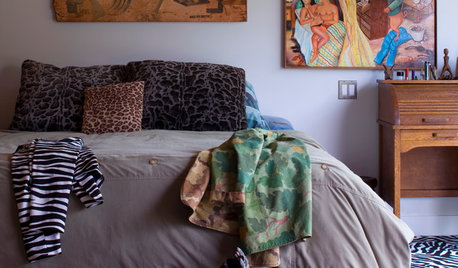
DECORATING GUIDESFix Those 'Whoopsies': 9 Fast Solutions for Decorating Mistakes
Don't suffer in silence over a paint, furniture or rug snafu — these affordable workarounds can help
Full Story
DECORATING GUIDESFrom Queasy Colors to Killer Tables: Your Worst Decorating Mistakes
Houzzers spill the beans about buying blunders, painting problems and DIY disasters
Full Story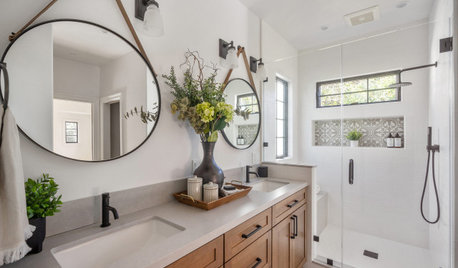
BATHROOM DESIGN5 Common Bathroom Design Mistakes to Avoid
Get your bath right for the long haul by dodging these blunders in toilet placement, shower type and more
Full Story
MOST POPULARSo You Say: 30 Design Mistakes You Should Never Make
Drop the paint can, step away from the brick and read this remodeling advice from people who’ve been there
Full Story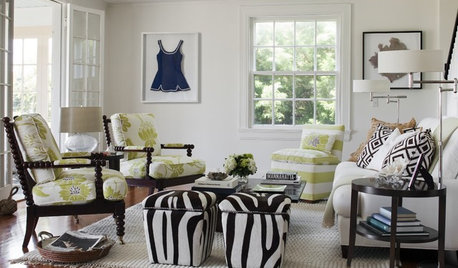
DECORATING GUIDESHere's How to Steer Clear of 10 Top Design Don'ts
Get interiors that look professionally styled even if you're taking the DIY route, by avoiding these common mistakes
Full Story
MORE ROOMSGetting the Room Right: Part II
Great spaces show how to avoid the Top 10 decorating mistakes
Full Story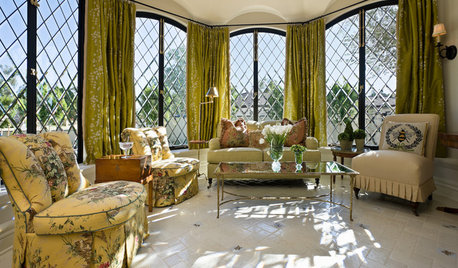
DECORATING GUIDESGetting the Room Right: Part I
Great Spaces Show How to Avoid the Top 10 Decorating Mistakes
Full Story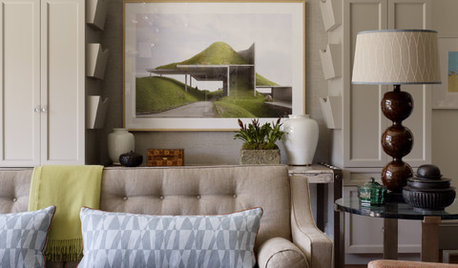
DECORATING GUIDESTop 10 Interior Stylist Secrets Revealed
Give your home's interiors magazine-ready polish with these tips to finesse the finishing design touches
Full Story
LIFEThe Top 5 Ways to Save Water at Home
Get on the fast track to preserving a valuable resource and saving money too with these smart, effective strategies
Full Story
KITCHEN DESIGN8 Top Tile Types for Your Kitchen Backsplash
Backsplash designs don't have to be set in stone; glass, mirror and mosaic tiles can create kitchen beauty in a range of styles
Full Story







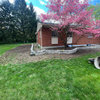
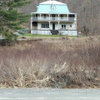

laag
inkognito
Related Professionals
Bethlehem Landscape Contractors · Danvers Landscape Contractors · Lorain Landscape Contractors · Salmon Creek Landscape Contractors · Sugar Hill Landscape Contractors · Thonotosassa Landscape Contractors · Waldorf Landscape Contractors · Selma Landscape Contractors · Shorewood Decks, Patios & Outdoor Enclosures · Foothill Farms Decks, Patios & Outdoor Enclosures · Jeffersonville Decks, Patios & Outdoor Enclosures · Lake Arrowhead Decks, Patios & Outdoor Enclosures · Leander Decks, Patios & Outdoor Enclosures · New York City Decks, Patios & Outdoor Enclosures · South Miami Heights Decks, Patios & Outdoor Enclosuresgottagarden
isabella__MA
bonsai_audge
scraplolly
treelover
laag
scraplolly
laag
garden_chicken
inkognito
scraplolly
karinl
laag
scraplolly
woodyoak zone 5 southern Ont., Canada
ankhOriginal Author
Saypoint zone 6 CT
laag
scraplolly
inkognito
karinl
timbu
inkognito
timbu
laag
Embothrium
kimcoco
fouquieria
inkognito
get_creative
karinl
scraplolly
isabella__MA
bindersbee
laag
wellspring
inkognito
wellspring
daniel_cl
reyesuela
laag
reyesuela
queerbychoice
reyesuela
queerbychoice
reyesuela